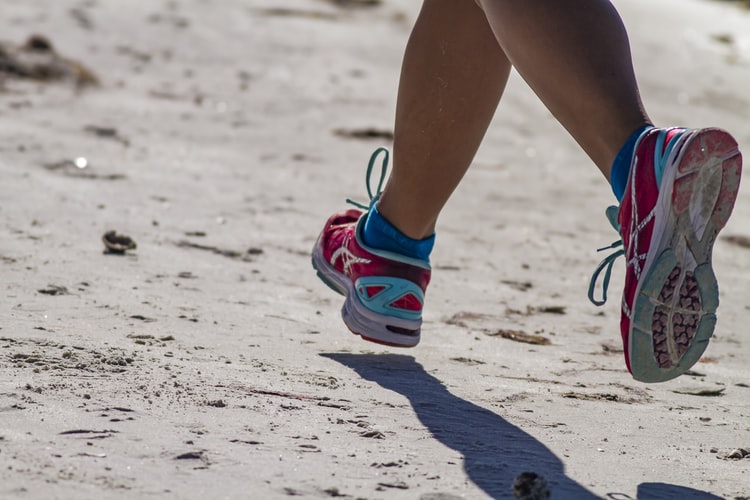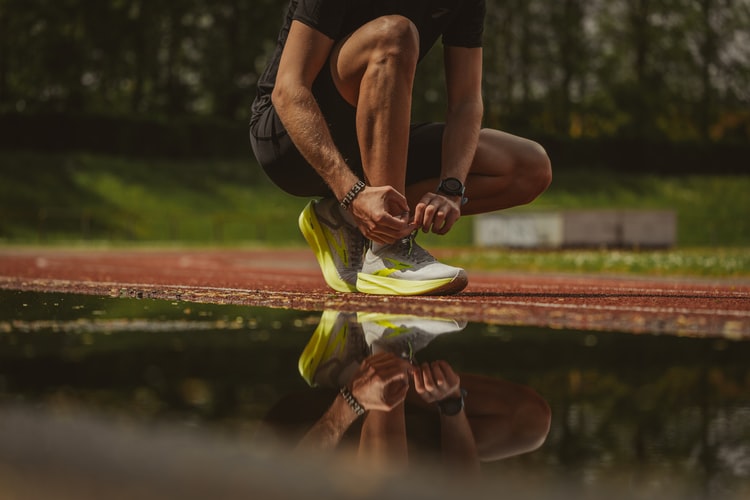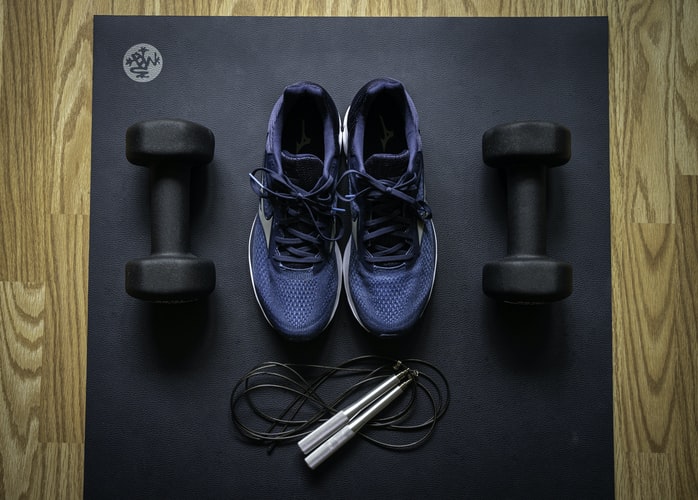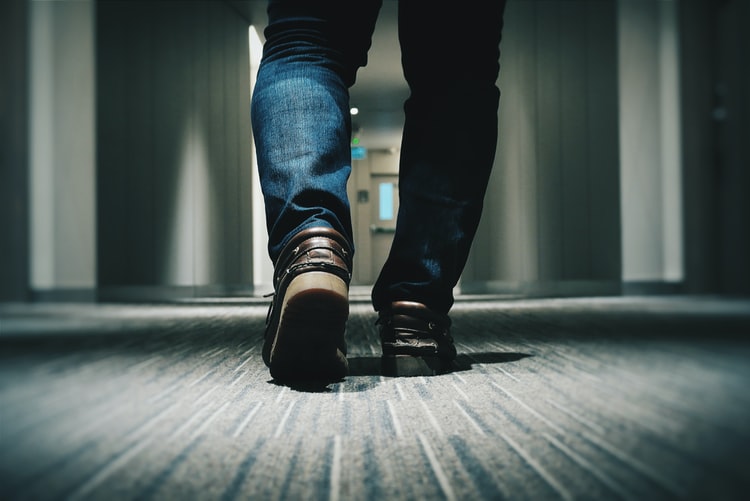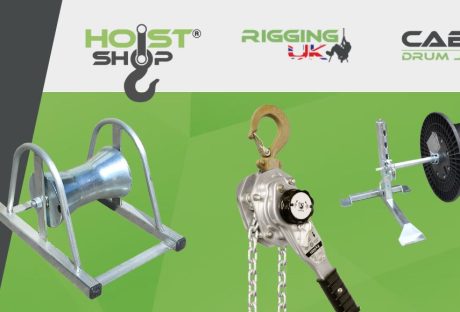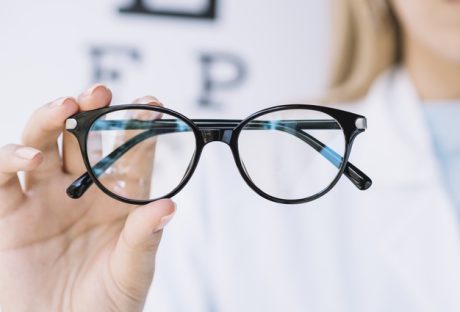Buying the wrong running shoe subjects you to toenail issues, shin splints, blisters, and back pain. That’s why you need to pick the best running shoes in the market to avoid injuries. There’s no single shoe that is perfect for every runner. However, you can safeguard yourself from injury by choosing the right running shoes.
Read on and learn tips on how to choose the best running shoes for your needs.
Pick the Right Fit
A perfect running shoe should fit correctly. Running shoes that don’t fit right can lead to potential injury. In addition, the wrong shoes can ruin your running experience. To avoid such problems, ensure you look for the correct width.
The best running shoes should not feel sloppy nor pinch. Also, the shoe should comfortably wrap around your foot. Often, feet swell after running throughout the day. Therefore, trying out your shoes in the evening or afternoon after a run may offer an accurate fit.
Settle on a Running-specific Shoe
Over the years, most running enthusiasts used to consider sneakers as the ideal choice of shoes. Today runners have settled for running shoes as they come with specialized technology to help you make successful runs. Each step you make matters as your foot hits the running path the same way with these shoes.
Brooks running shoes are designed and tailored to prevent unnecessary injuries. In addition, the shoes offer specific cushioning to aid you in shock absorption, thanks to their repetitive motion. Also, the running shoes have design features that help you move forward swiftly and with greater ease.
Consider the Stack Height Factor
If you’re looking forward to purchasing running shoes, you should consider the stack height factor. For starters, stack height describes the total amount of material between the ground and your foot. Basically, stack height ranges from highly cushioned, maximal, minimally cushioned, and barefoot.
Running shoes with minimal cushioning offer a natural, outstanding running experience. On the other hand, shoes with maximal cushioning offer a plush running experience. In the long run, you’ll enjoy an exceptional deal of impact protection.
Pick the Right Type of Shoe
Whether you’re looking forward to buying everyday or trail running shoes, you need to pick the type that meets your preferences and needs. Ideally, it would help if you chose your shoes based on the running you specialize in.
When it comes to running, everyday running shoes are the most versatile option. These types of shoes are durable and easily handles multiple running activities. A lightweight running shoe is another type of shoe to consider. The shoes are an excellent fit for workouts and racing. For more shoe advice and how to style them on any occasion, you can visit sootheyourfeet for more information.
If you love running on rocky trails and dirt, you can pick the trail running shoe. Trail running shoe comes with lugs on the bottom that offers excellent grip on rocks and dirt.
Do Your Research – Pay for Value
You don’t need to purchase the most expensive running shoes in the market to enjoy a run. However, shoes with a higher price tag come with advanced comfort features and technology. On the same note, you can opt for inexpensive shoes and suffer injuries in return as the shoes aren’t designed for running. Therefore, ensure you only purchase shoes that meet your needs and demands.
In addition, ensure you’re attentive to details. Apparently, the running shoes will be your best companion for the next hundred miles. Before you put your foot in the desired pair of shoes, ensure you’ve understood all the details. To get started, research and understand the primary purpose of elements incorporated in running shoes.
How can a slight differentiation of elements affect your running experience? The answer to this question will help make your shoe-buying process easier.
Get a Professional Conduct a Gait Analysis
Before you purchase running shoes, consider having a professional evaluate the form and mechanics of your desired shoe. For instance, a physical therapist can perform a gait analysis and guide you in choosing the best running shoe for you. For starters, gait analysis is helpful as it offers exercise physiologists the opportunity to see variables that can protect you from injuries.
Final Thoughts
The bottom line is, you need to pick the perfect running shoes for durability and extra traction purposes. Finding the ideal shoe among the multiple choices offered at the stores isn’t easy. When buying running shoes, make sure they fit correctly and feel comfortable with the daily running stride. Whether you’re purchasing your first pair of running shoes or a regular buyer, this guide will help you make the right purchase decision.
Read Also:













